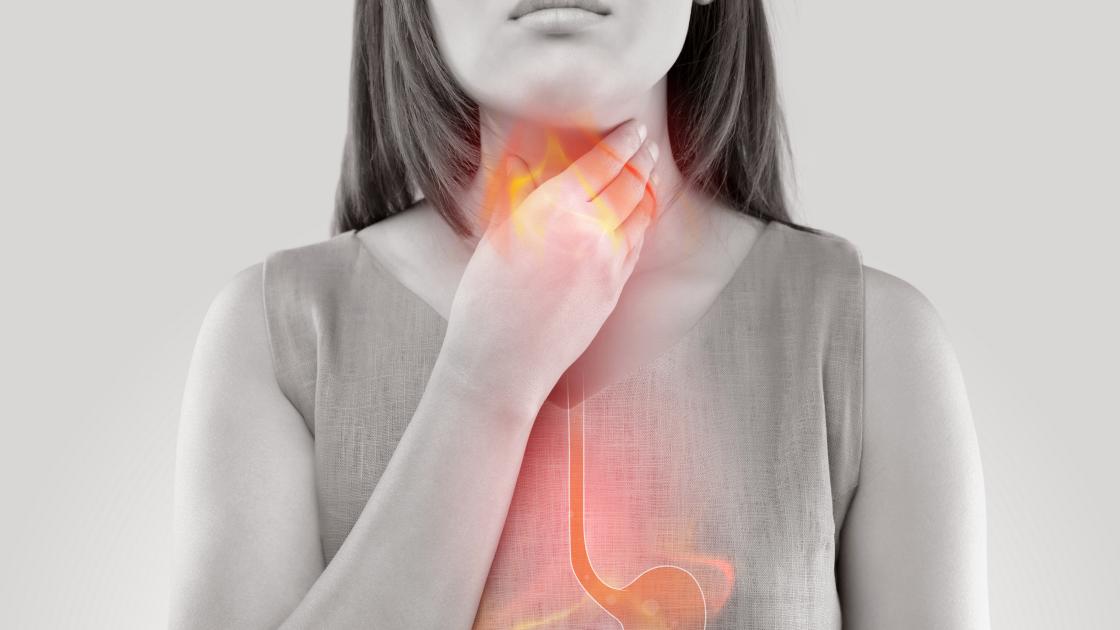Cold, flu and COVID season
Did you know cold and flu season in America could last as long as October through May? With the season’s arrival, it is clear that the coronavirus pandemic has made things quite a bit different this time around.
Read on to learn about similarities and differences between COVID-19 and the flu. It will help you know what to do if you or a loved one starts to feel ill.
COVID-19 and seasonal flu: how are they similar and different?
1. The virus that causes COVID-19 is different from the virus that causes the seasonal flu.
COVID-19 and the seasonal flu (also called influenza¬¬) are both contagious respiratory illnesses. But different types of viruses cause them.
The influenza virus is made of many segments of genetic information (called RNA), which can get jumbled up and rearranged as the virus spreads. This can lead to new strains of the flu, which is generally what we see year to year.
In comparison, the novel coronavirus (called SARS-CoV-2) has a single segment of RNA, so it doesn't have the chance to become a new strain every season. The coronavirus also gets into cells differently than the way the influenza virus does, which helps explain why popular flu drugs like Tamiflu don't work against coronavirus.
Check out this two-minute video to learn more: https://www.youtube.com/embed/im28j7XcKPM
2. COVID-19 and the seasonal flu can be present with similar symptoms.
The Centers for Disease Control and Prevention (CDC) and other experts believe both COVID-19 and the seasonal flu will both spread this fall and winter. Because the signs and symptoms of both of these illnesses are so similar, it can be difficult to tell which type of illness a person has unless a doctor diagnoses them.
According to the CDC, COVID-19 and flu symptoms include:
- Fever
- Chills
- Cough
- Shortness of breath or difficulty breathing
- Fatigue
- Sore throat
- Runny or stuffy nose
- Muscle pain or body aches
- Headache
- Vomiting and diarrhea (more common in children than adults)
Some people with COVID-19 also temporarily lose their sense of taste or smell. For both types of viral infections, symptoms can range from mild to severe. Some people may have no symptoms at all.
Most people who get the flu and COVID-19 have mild cases and recover within a few weeks. People more likely to get severely ill with either illness tend to be older, have weak immune systems, and/or have other underlying health conditions (called co-morbidities). And while a severe case of the flu or COVID-19 can lead to problems like pneumonia and respiratory failure, COVID-19 seems to be unique in that can also increase the risk of blood clots.
3. It can take longer for symptoms of COVID-19 to develop than it does for the flu—but in both cases, you can still be contagious even before you know you're sick.
According to the CDC, it usually takes about 1 to 4 days after becoming infected by the flu virus for a person to show symptoms. In comparison, it can take anywhere from 2 to 14 days after initial infection with SARS-CoV-2 to show signs of COVID-19. People with COVID-19 also appear to remain contagious for a bit longer than they would with the flu.
It's important to realize that for both the flu and COVID-19, a person can be contagious even while not showing any symptoms.
4. Vaccination is available for flu and COVID.
Getting a flu vaccine every year is one of the best ways to avoid getting the flu. Even if you contract influenza, your symptoms will likely be mild if you’ve had a flu shot. Though COVID-19 is new, several vaccines have been approved and are highly effective at reducing your chances of catching COVID and reducing the severity of the illness in rare cases you do acquire it.
5. Keeping your immune system healthy may reduce your risk of both COVID-19 and the flu.
Until then, wearing your mask, maintaining healthy hand hygiene, and practicing social distancing will help limit community spread, since both the flu and SARS-CoV-2 viruses spread the same way – in respiratory droplets created when an infected person talks, breathes or sneezes. You can also reduce your chances of getting sick by getting adequate sleep, exercising, eating a healthy diet, avoiding alcohol and tobacco products and managing your stress.
Are you ready for cold, flu and COVID Season?
SIU Medicine is here to help you and your loved ones stay healthy this fall and winter and reduce your chances of falling ill. We prioritize peer-reviewed medical research, advanced clinical skills and patient-centered care to help us serve our community and help future generations of clinicians thrive. Contact us at 217-545-8000 to schedule an appointment or learn more about our services.
Updated 6.28.21




